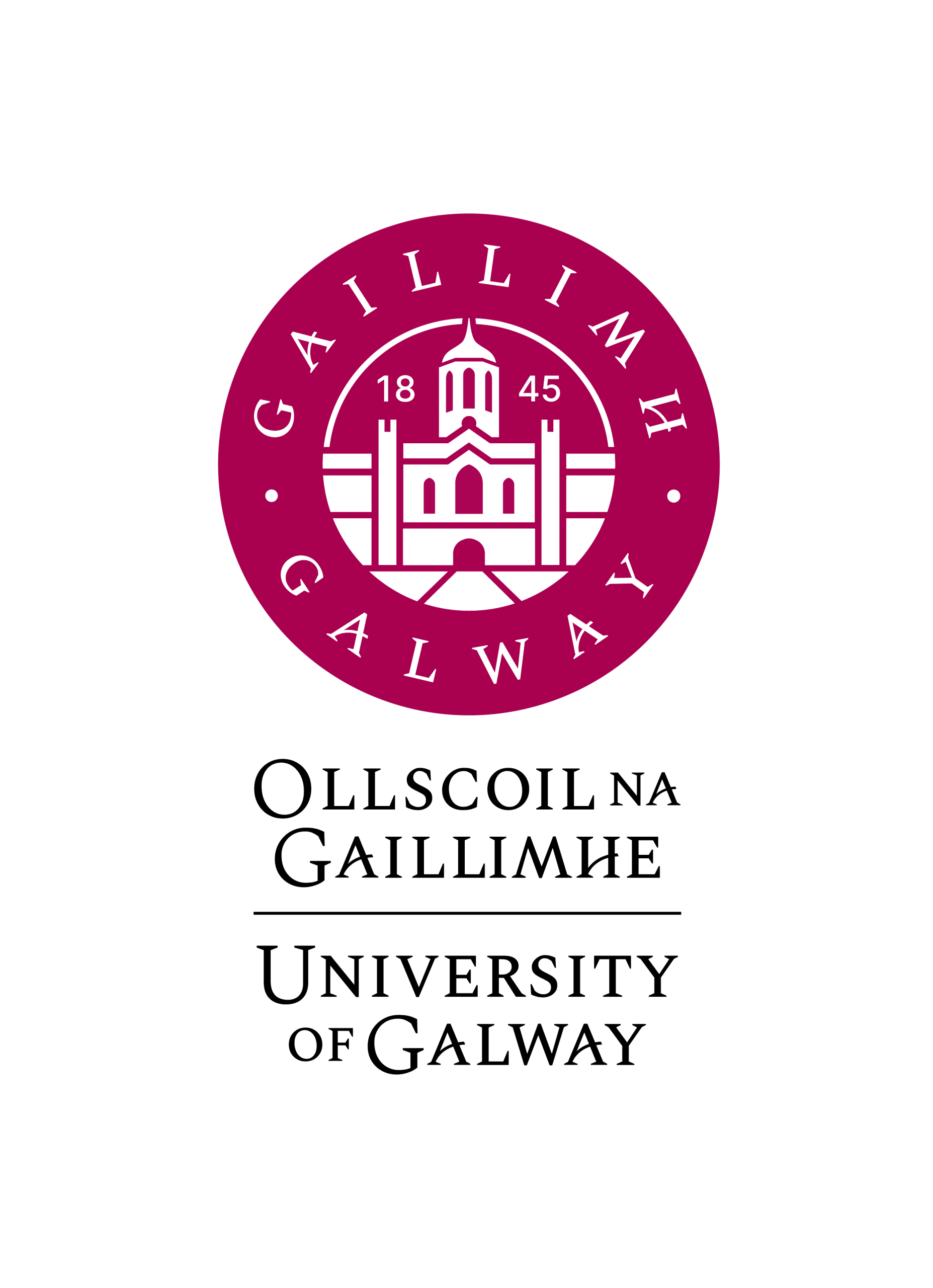
Technological University Dublin (TU Dublin) is Ireland’s first technological university and one of its most dynamic higher education institutions, combining strong academic roots with practical, career-focused learning and innovation.
Formed in 2019 through the merger of several institutes of technology, TU Dublin is built on decades of experience and is now the largest university in Ireland by student population. It plays a pivotal role in shaping industry-ready graduates for today’s global economy.
Why Choose Technological University Dublin?
With campuses across Dublin city, a hands-on teaching model, and extensive links to employers, TU Dublin offers international students a unique blend of theory and practice in the heart of Ireland’s capital.
| Feature | Details |
|---|---|
| Global Ranking | Top 800 (QS 2025) |
| Student Population | Over 28,500 students (including 4,000+ international students) |
| Location | Multiple campuses in Dublin (Grangegorman, Tallaght, Blanchardstown) |
| Reputation | Strong in engineering, business, creative arts, and applied sciences |
| Graduate Employability | 90%+ employment or further study rate |
| Research Excellence | Known for applied research in tech, health, sustainability |
Entry Requirements for International Students
TU Dublin welcomes students from across the world, with transparent admission pathways and a strong focus on future employability.
Undergraduate Programs at TU Dublin
TU Dublin offers professionally oriented undergraduate degrees with a strong emphasis on innovation, industry placements, and interdisciplinary learning.
| Requirement | Details |
|---|---|
| Academic Qualification | 70–85% in Class XII (CBSE/ISC/State Boards) or equivalent |
| English Proficiency | IELTS 6.0–6.5 / TOEFL iBT 80–90 |
| Standardized Tests | Not required |
| Application System | Via CAO or TU Dublin’s international portal |
| Personal Statement | Recommended |
| Letters of Recommendation | Optional |
| Extracurricular Profile | Encouraged, especially for creative or portfolio-based courses |
Postgraduate Programs at TU Dublin
TU Dublin’s postgraduate degrees are industry-aligned and often involve practical components, making graduates highly employable in Ireland and globally.
| Requirement | Details |
|---|---|
| Academic Qualification | Second Class Honours or higher (55–70%) |
| English Proficiency | IELTS 6.5+ / TOEFL iBT 88–90+ |
| GRE/GMAT | Not required |
| Work Experience | Required for selected programs (e.g., MBA, MSc in Management) |
| Research Proposal | Required for MPhil/PhD |
| Letters of Recommendation | Typically 2 required |
You Might Also Like: How To Get Into Maynooth University
Application Process to Technological University Dublin
The university ensures an easy, guided application process with dedicated support for international students.
| Step | Details |
|---|---|
| Research Courses | Browse TU Dublin’s official website |
| Prepare Documents | Academic transcripts, English scores, SOP, LORs |
| Apply Online | Through CAO (UG) or TU Dublin application portal (PG) |
| Pay Fees | Application fee ~€35–€50 |
| Receive Offer | Rolling admissions for most programs |
| Accept Offer | Pay deposit to confirm your place |
| Apply for Visa | Through INIS (Irish Naturalisation and Immigration Service) |
Required Documents Checklist
| Document | Undergraduate | Postgraduate |
|---|---|---|
| Academic Transcripts | Yes | Yes |
| Statement of Purpose | Recommended | Yes |
| Letters of Recommendation | Optional | Yes (2–3) |
| English Test Scores | Yes | Yes |
| Passport Copy | Yes | Yes |
| CV/Resume | Optional | Required |
| Portfolio (if applicable) | For design/media courses | If applicable |
Key Deadlines at TU Dublin
| Intake | Application Opens | Deadline |
|---|---|---|
| Fall (UG & PG) | October (previous year) | UG – February 1 (via CAO); PG – Rolling |
Important Dates for 2025 Entry
| Event | Date |
|---|---|
| UG Application Deadline | February 1, 2025 (CAO) |
| PG Application Deadline | March–July 2025 |
| Scholarship Deadline | March–May 2025 |
| Visa Application | May–July 2025 |
| Course Start | September 2025 |
Popular Courses at Technological University Dublin
Known for its career-oriented programs and strong industry ties, TU Dublin is a popular destination for tech, design, and business aspirants.
| Course | Duration | Annual Tuition Fee (EUR) |
|---|---|---|
| BSc in Computer Science | 4 years | €14,000 – €16,500 |
| BA in Creative Digital Media | 3 years | €13,500 – €15,000 |
| MSc in Data Analytics | 1 year | €15,000 – €17,000 |
| MSc in Hospitality Management | 1 year | €14,000 – €16,000 |
| PhD in Engineering / Design | 3–4 years | Funded/variable |
Scholarships for International Students
TU Dublin offers various scholarships to attract global talent and support deserving candidates.
| Scholarship Name | Amount (EUR) | Eligibility Criteria |
|---|---|---|
| TU Dublin Global Excellence Scholarships | €2,000–€4,000 | Based on academic merit |
| Regional Scholarships | €2,000+ | Available for South Asia, Africa, and more |
| Government of Ireland Scholarships | Full tuition + stipend | Highly competitive national award |
Student Life & Support at Technological University Dublin
With vibrant campuses across the capital, TU Dublin offers a rich student experience rooted in diversity, creativity, and community.
| Feature | Details |
|---|---|
| Accommodation | On-campus and city-based housing support |
| Part-Time Work | Up to 20 hours/week during term |
| Student Societies | 150+ societies including entrepreneurship, drama, and tech |
| Career Services | Internships, career fairs, and employer meetups |
| Health & Wellbeing | GP, mental health services, and wellness resources |
| International Support | Orientation, visa help, integration support |
Need Personalized Help?
If you’re looking for a university that combines innovation, city life, and employability, TU Dublin could be your ideal study abroad destination.
Platforms like Admitix can help streamline your journey with custom guidance, SOP assistance, scholarship tips, and visa prep.
FAQs – Technological University Dublin
Is TU Dublin a good university?
Yes, it’s Ireland’s largest university and is well regarded for applied learning and industry-ready graduates.
Do I need IELTS or TOEFL?
Yes, unless you have completed prior education in an English-medium institution for at least 5 years.
Can international students work part-time?
Yes, you can work up to 20 hours/week during term and 40 hours/week during holidays.
Does TU Dublin offer scholarships?
Yes, merit-based scholarships are available for undergraduate and postgraduate international students.
What makes TU Dublin unique?
Its strong industry links, location in Dublin city, and hands-on teaching approach make TU Dublin a standout choice.













